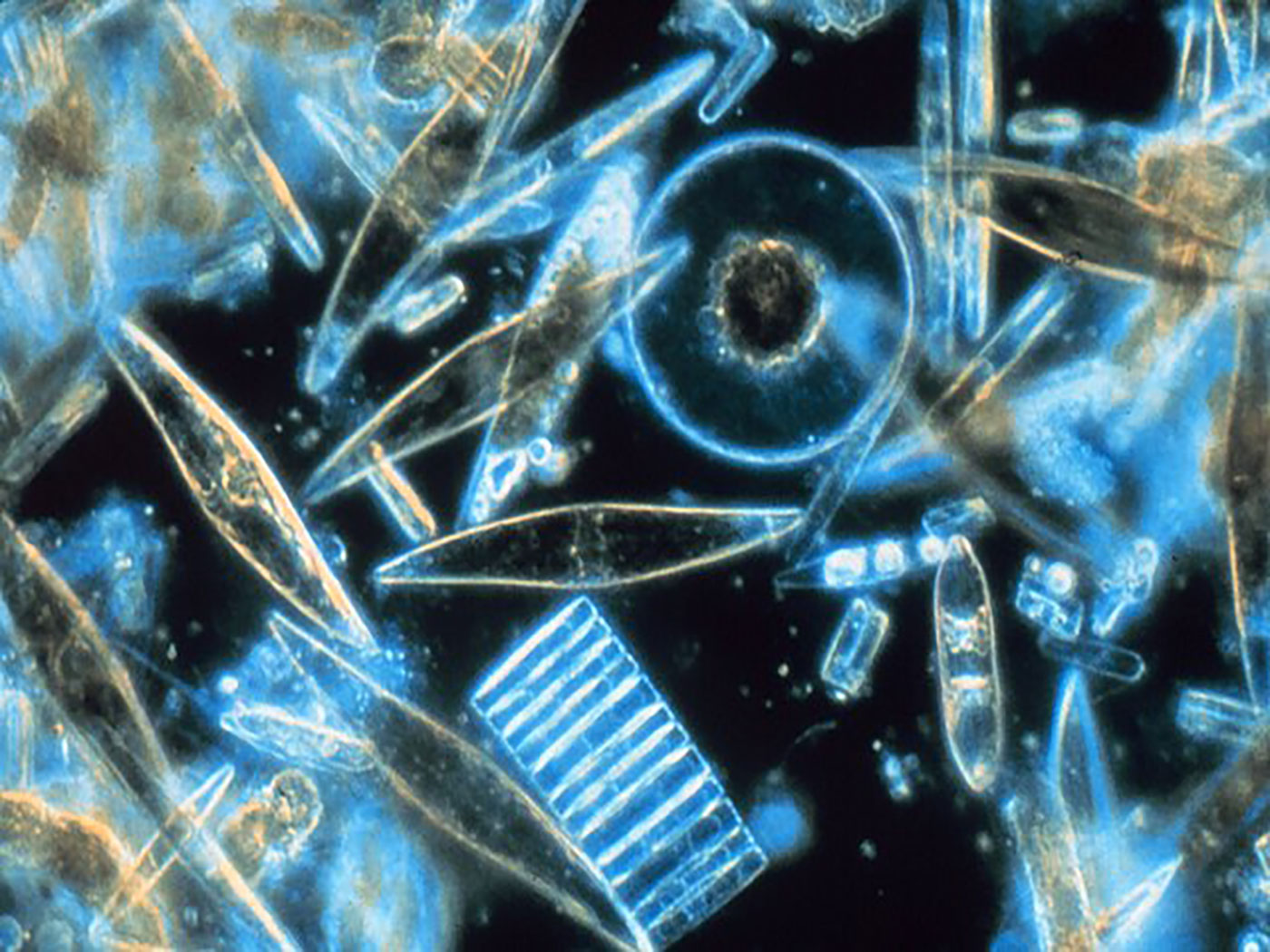Researchers recently analyzed bacterial DNA that was found in small pockets within various salt deposits. The focus of their research was to compare differences in DNA sequences taken from different geological ages. However, the very fact that DNA—with its short half-life—was found at all comes as a surprise to those who were thoroughly convinced of the material’s great ages.
The team of scientists, led by Jong Soo Park of Dalhousie University in Canada, published their findings in the journal Geobiology.1 In order for the DNA they examined to still be present in the salt deposits after millions of years of evolutionary time, it must have been maintained within living bacterial bodies—which have actually been extracted from these salts in earlier studies.2 This is because laboratory studies of DNA decay rates have repeatedly shown that DNA segments of the length that Park and his colleagues found should not have lasted more than 10,000 years, even when dried out. That suggests the bacteria must have been actively living for eons, in order to maintain the DNA’s integrity.
This raises another question that is equally difficult to reconcile with evolutionary time. The bacteria are known to have been in isolated pockets within solid salt deposits. There are no cracks leading to or from these pockets, so the salt-loving species of bacteria must have come from a tiny population that was trapped there since the vast salt deposit was formed. That’s what makes its DNA valuable to the investigators, since the specimens have been isolated from outside influences. But living bacteria, like any other living thing, produce metabolic waste that becomes toxic. Why did they not poison themselves to death in mere thousands of years?
Despite lingering questions like these, Melanie Mormile of Missouri University of Science and Technology told Discovery News: “There is better and better evidence that these organisms can somehow survive for these amazing amounts of time.”3 Both common sense and science, though, argue that they could not have survived. Therefore, a more reasonable conclusion from this data would be that there is better and better evidence that these “amazing amounts of time” are actually too amazing to be true.
This miniscule amount of bacterial DNA seems to send a massive message about the young age of the salt deposits in which they were found. And what better mechanism to explain the formation of such huge salt deposits containing still-fresh bacteria populations than a recent, worldwide, watery cataclysm?4
References
- Park, J. S. et al. 2009. Haloarchaeal diversity in 23, 121, and 419 MYA salts. Geobiology. 7 (5): 515-523.
- Vreeland, R. H., W. D. Rosenzweig, and D. W. Powers. 2000. Isolation of a 250 million-year old halobacterium from a primary salt crystal. Nature. 407 (6806): 897-900.
- Reilly, M. World’s Oldest Known DNA Discovered. Discovery News. Posted on discovery.com December 17, 2009, accessed December 17, 2009.
- Austin, S. A. 1984. Ten Misconceptions about the Geologic Column. Acts & Facts. 13 (11).
Image credit: Jack Griffith
* Mr. Thomas is Science Writer at the Institute for Creation Research.
Article posted on December 28, 2009.













